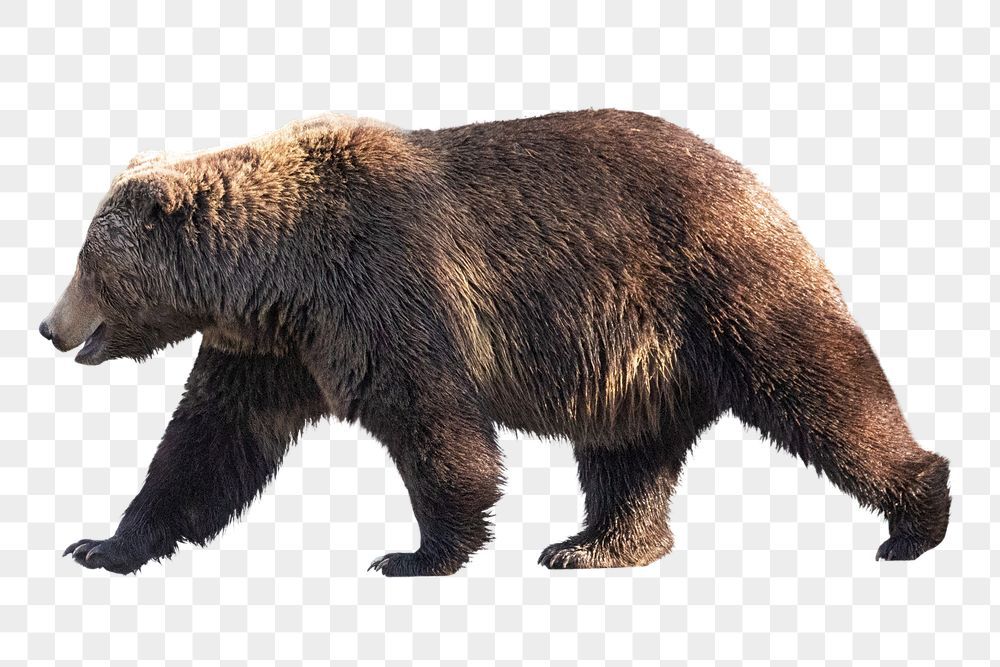Bear, Delaware, often perceived as a suburban enclave, harbors a surprisingly robust ecosystem teeming with diverse wildlife. Locals colloquially refer to certain areas as the “Owls Nest,” not necessarily for an overwhelming owl population, but rather as a symbolic nod to the area’s hidden wild heart. This isn’t merely a list of animals; this is a curated exploration, a deep dive into the subtle nuances of co-existence between humans and the creatures sharing our space.
Let’s begin our journey by examining the avian inhabitants. Beyond the ubiquitous American Robin and Northern Cardinal, consider the presence of migratory songbirds. Warblers, vireos, and thrushes grace the woodlands during their seasonal transits, transforming the soundscape with their intricate melodies. Identifying these transient visitors requires a keen ear and an understanding of avian phonology. Even the seemingly commonplace Mourning Dove plays a crucial role, dispersing seeds and contributing to the area’s botanical diversity.
Of course, no exploration of the “Owls Nest” would be complete without acknowledging its namesake birds. While specific owl species fluctuate depending on habitat availability and prey abundance, Great Horned Owls and Eastern Screech-Owls are frequently observed. These nocturnal raptors serve as apex predators, regulating rodent populations and maintaining ecological balance. Their presence is often betrayed by distinctive calls echoing through the night. Listen closely.
Shifting our focus to the mammalian denizens, we find a fascinating array of species adapted to the suburban fringe. White-tailed deer, perhaps the most visible large mammal, navigate the landscape with surprising agility. Careful observation reveals their browsing patterns and preferred habitats. Red foxes, opportunistic predators, patrol the edges of forests and fields, controlling populations of small mammals and insects. These creatures, although sometimes viewed as pests, are integral components of the local food web.
Smaller mammals, often overlooked, contribute significantly to the ecological tapestry. Eastern gray squirrels, with their energetic foraging, play a critical role in seed dispersal. Voles and shrews, diminutive insectivores, aerate the soil and consume insect larvae, benefiting plant health. Even the humble opossum, a nocturnal marsupial, performs a valuable sanitation service, scavenging carrion and controlling insect populations.
Reptiles and amphibians, often relegated to the periphery of our awareness, add another layer of complexity to the “Owls Nest” ecosystem. Eastern box turtles, long-lived terrestrial turtles, navigate the undergrowth, contributing to seed dispersal and maintaining forest health. Garter snakes, non-venomous predators, control insect and rodent populations. Amphibians, such as bullfrogs and spring peepers, thrive in wetland habitats, indicating the presence of clean water sources.
The insect world, a microcosm of biodiversity, deserves equal attention. Bees, butterflies, and moths perform crucial pollination services, ensuring the reproduction of countless plant species. Dragonflies and damselflies, aerial predators, control mosquito populations and contribute to the aesthetic beauty of the landscape. Even ants and beetles, often viewed as nuisances, play vital roles in decomposition and nutrient cycling.
Now, let’s delve into the practical aspects of co-existing with wildlife in the “Owls Nest”. Responsible pet ownership is paramount. Keeping cats indoors prevents them from preying on native birds and small mammals. Leashing dogs during walks minimizes disturbance to wildlife habitats. Avoiding the use of pesticides and herbicides protects beneficial insects and reduces the risk of poisoning non-target species.
Creating a wildlife-friendly yard is another effective way to enhance biodiversity. Planting native trees, shrubs, and flowers provides food and shelter for a variety of animals. Providing a source of clean water, such as a birdbath or small pond, attracts birds, amphibians, and insects. Leaving leaf litter and dead wood provides habitat for invertebrates and small mammals. Remember that a “messy” yard is often a healthy yard.
Furthermore, understanding the local ordinances and regulations regarding wildlife is crucial. Contacting the Delaware Department of Natural Resources and Environmental Control (DNREC) provides access to valuable information about wildlife management and conservation. Reporting injured or distressed animals to licensed wildlife rehabilitators ensures their prompt care and potential release back into the wild.
Addressing common misconceptions about wildlife is essential for fostering positive interactions. Debunking myths about snakes, spiders, and other often-feared creatures promotes understanding and reduces the likelihood of unnecessary conflict. Recognizing the ecological value of all species, regardless of their perceived “usefulness” or “attractiveness,” is fundamental to conservation.
Finally, fostering a sense of community involvement is key to protecting the “Owls Nest” ecosystem. Participating in citizen science projects, such as bird counts or stream monitoring programs, contributes valuable data to scientific research. Educating neighbors and friends about the importance of wildlife conservation promotes a collective commitment to environmental stewardship. Organize local nature walks, create educational pamphlets, or simply share your observations with others.
The “Owls Nest” is not just a place; it’s a delicate balance of life. Observing, understanding, and respecting the wildlife around us is not merely an act of conservation; it is an act of profound connection. It’s about shifting our perspective, embracing the wild within the suburban, and recognizing our shared responsibility in preserving the intricate web of life that defines Bear, Delaware.
